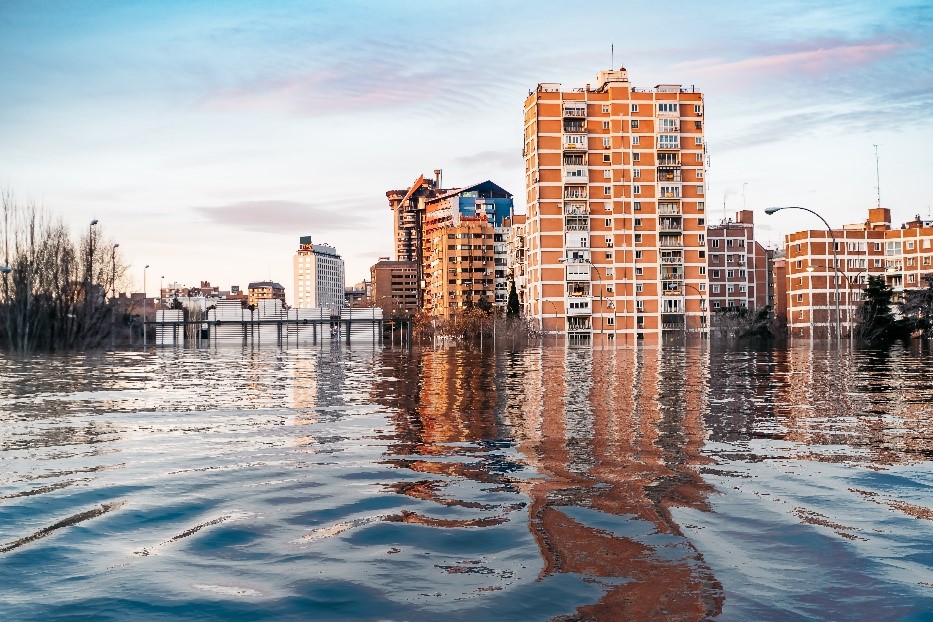Dispatches from TRB’sTransportation Resilience 2019
Dispatches from TRB’sTransportation Resilience 2019
It’s been a busy period of travel for me, starting with a scenario planning conference in Connecticut and moving onto a resilience conference in Washington, DC. During November 13th-15th, 2019, I took part in TRB’s 2nd International Conference on Resilience to Natural Hazards and Extreme Weather Events.
Overall, the conference focused on best practices for adapting transportation networks to better withstand natural disasters. Key themes included prioritizing investments in resilience, integrating resilience into asset management and other regular agency processes. Water was a natural focus, with several presentations related to recovery efforts from hurricanes like Superstorm Sandy. One of the most memorable presentations I saw was from Josh DeFlorio, Chief of Resilience and Sustainability at the Port Authority of New York and New Jersey, who explained connections between his agency’s investments in resilience at PATH train stations, flood risk, and insurance premiums.
Throughout the conference I was impressed time and again by resilience policies measures pursued by transportation agencies: flood gates, free boarding, and operational redundancy. It was clear that agencies participating in this conference treat resilience a guiding light for transportation planning. Here are at EDR Group, we value resilience just as highly. As we’ve written elsewhere, we consider our approach to resilience unique. We provide our clients with analysis that recognizes the complexity of resilience by addressing challenging concepts like social equity, infrastructure interdependencies, and wider economic benefits.
I shared EDR Group’s approach to resilience via two avenues at the conference: a poster on scenario applications of our TREDPLAN tool and a presentation on our resilience work in California and New Mexico. The California project – Economic Impact of US-101 Closure – analyzed the economic losses that would result from the temporary closure of a vital highway link disrupting tourist visits, cutting supply chains, and increasing travel costs for residents and local businesses. The New Mexico project is currently underway but will lay out a methodology for prioritizing investments in resilience for a statewide transportation program.
Representative of our growing resilience practice, these two project examples show how we help our clients understand and act on the economic importance of resilient transportation systems in the face of threats like hurricanes, landslides, and sea level rise. In doing so, we create the insights necessary to build a more resilient future.

